“This one is feisty.”
That’s how Roberto Serrallés, a sixth generation rum maker, describes the seventeen-year aged spirit we’ve just tapped from an American white oak cask. I’m standing in one of many of the Serrallés’ warehouses, towers of barrels filled with ageing Don Q rum abound, and the Puerto Rican sun is already starting to heat things up. It’s ten a.m., I’m the equivalent of three shots in, and I’m beginning to think this Southern gentleman with a penchant for all things bourbon might soon be a rum swilling convert.
Truth be told, my personal experience with rum had long been relegated to the past—to those spring breaks of yore where too many pirates and captains left me hunting a trash can in the early hours of the morning. But the more I listen to Roberto—and the more I drink—I start to re-open Pandora’s box, but this time, with a different key.
Taking the bull by the horns, I’m getting a first-hand glimpse into the making of this spirit. I make my way from the tourist laden beaches of San Juan, southbound to the town of Ponce (Pahn-Say). There are dark green mountains studded with mist that turn to a pale green, and arid landscape rolls flat like carpet until it reaches the sea. It’s here where the Serrallés family has been making their rums since the 1860s.
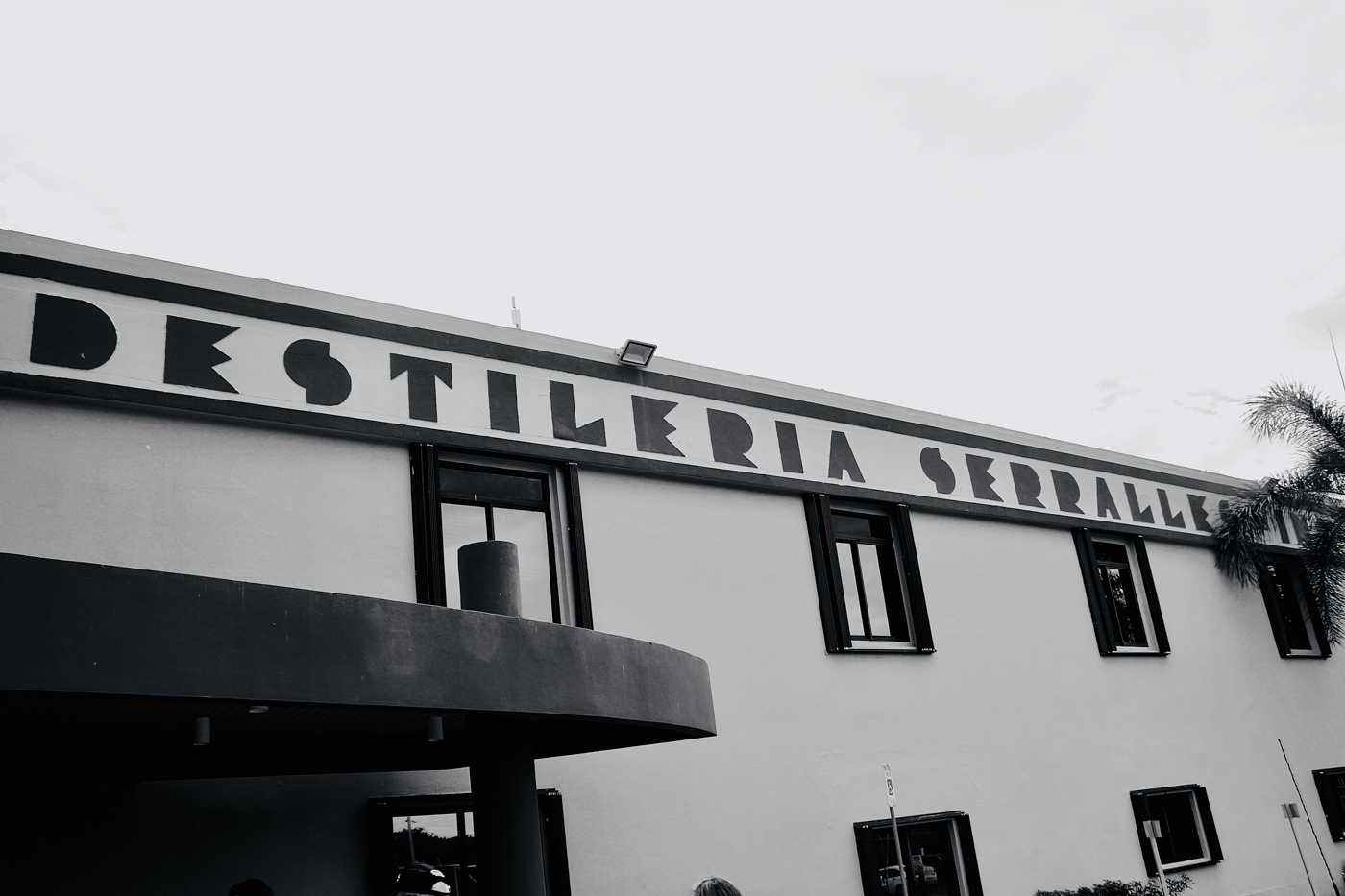
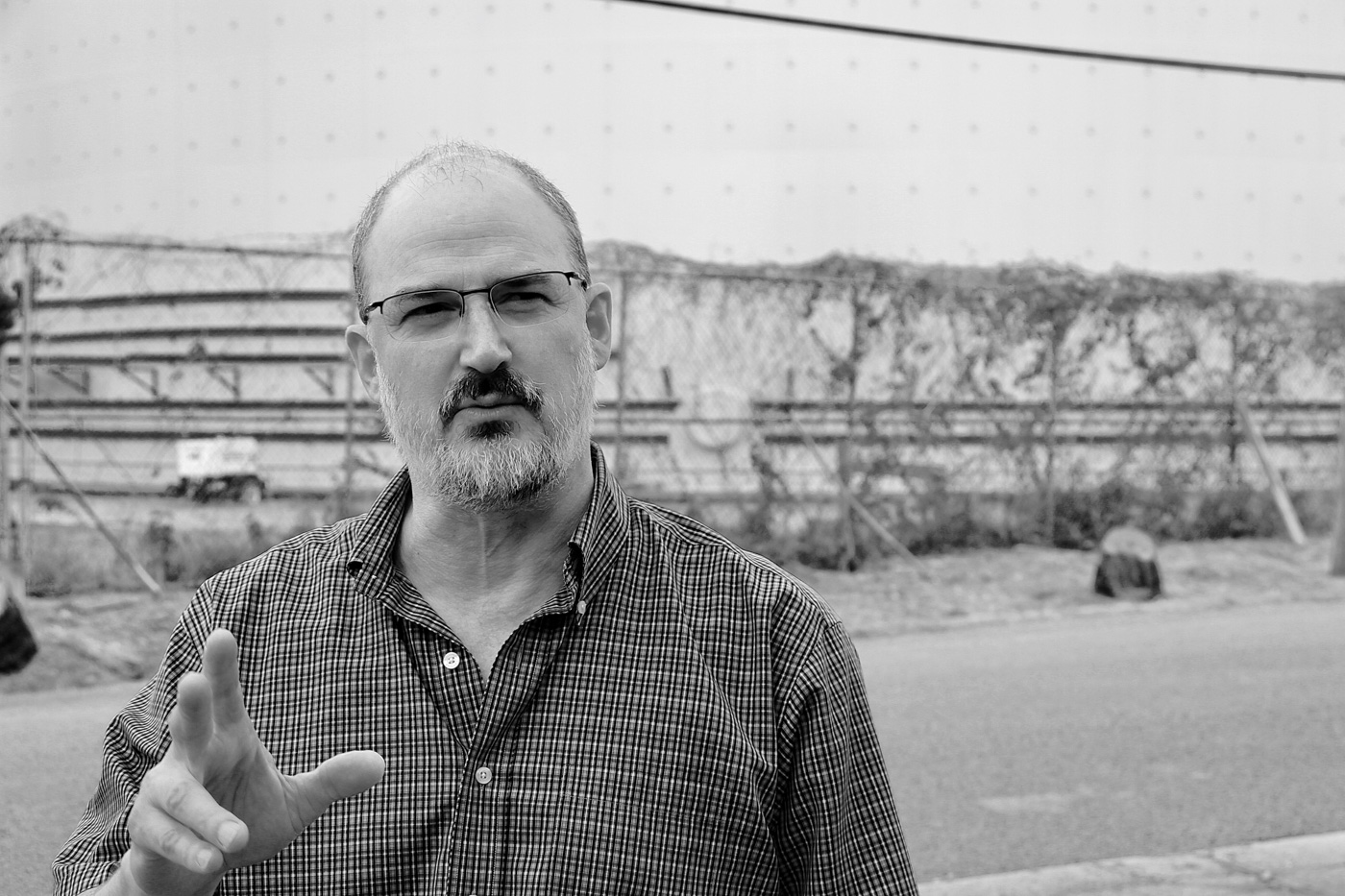
“To create rum, we have to start with sugar, or sugar cane,” says Roberto. In the beginning, sugar cane fields ran right up to the distillery, but labor costs have now all but exported the growth of this crop out of Puerto Rican soil.
It’s a sustainable sad truth for Roberto, who left the family business in his twenties to work stateside as a professor, going on to earn a PhD in environmental sciences. But family business is always family business, and one man’s waste is another man’s treasure. You see, wastewater—a major byproduct of distillation—was beginning to cause some serious backup. That’s when Roberto’s father, Felix Juan Serrallés Nevares, called his son back home.
In the past, with sugar cane fields at arm’s length, the nutrient rich wastewater was used to irrigate the cane fields, creating a win-win in the use, re-use mentality. But with the cane fields now gone, many producers began to dump their wastewater in the sea—a cheap, short-sighted solution that wreaks havoc on the marine environment due to the de-oxygenated water.
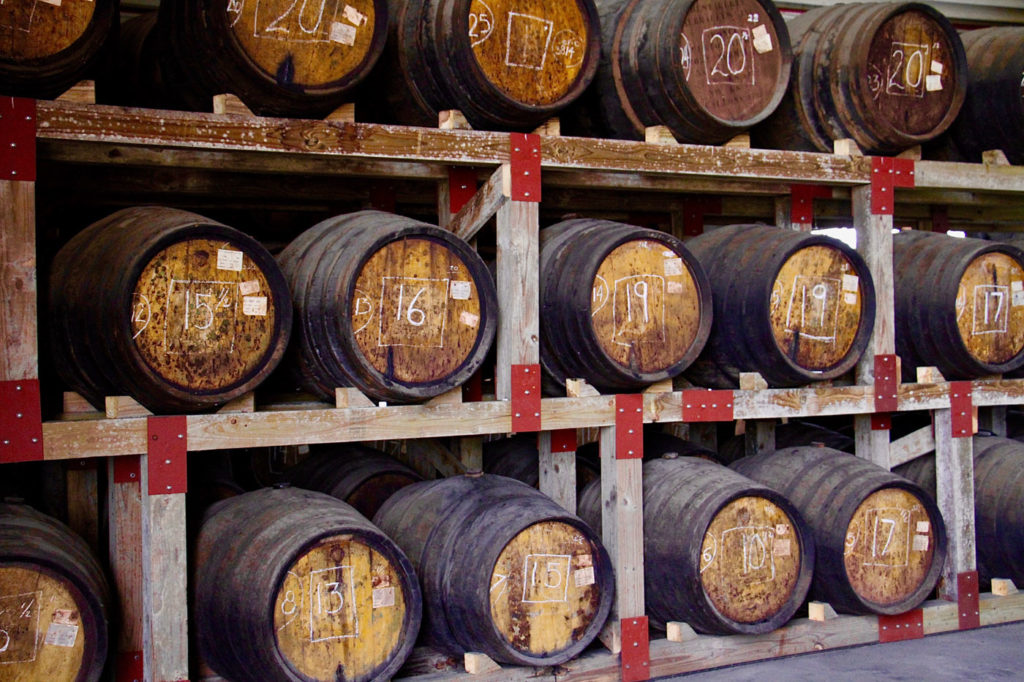
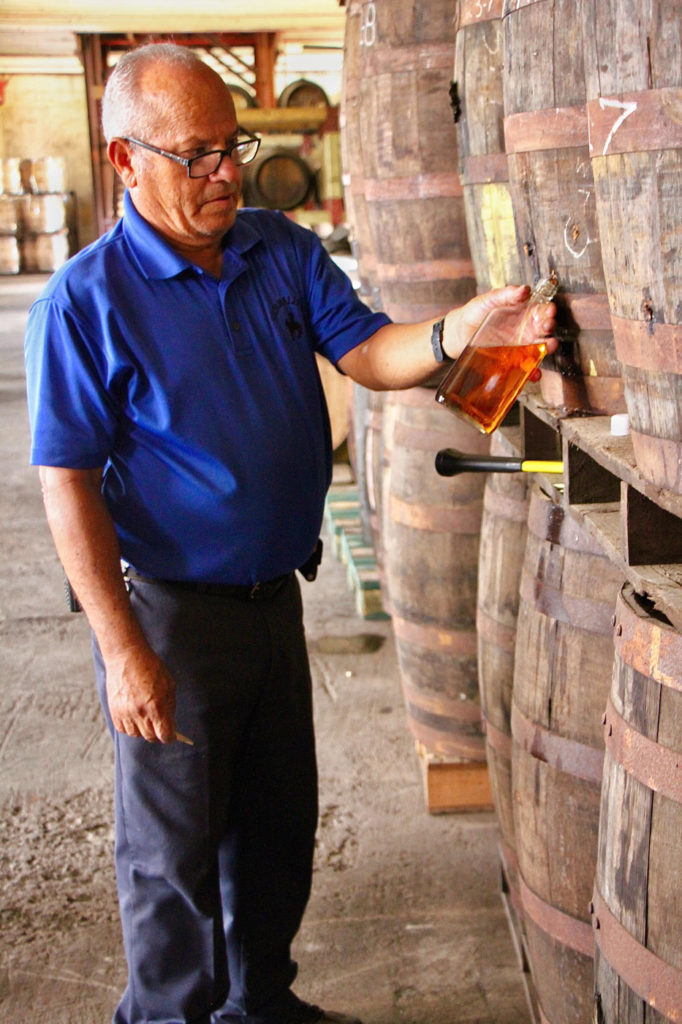
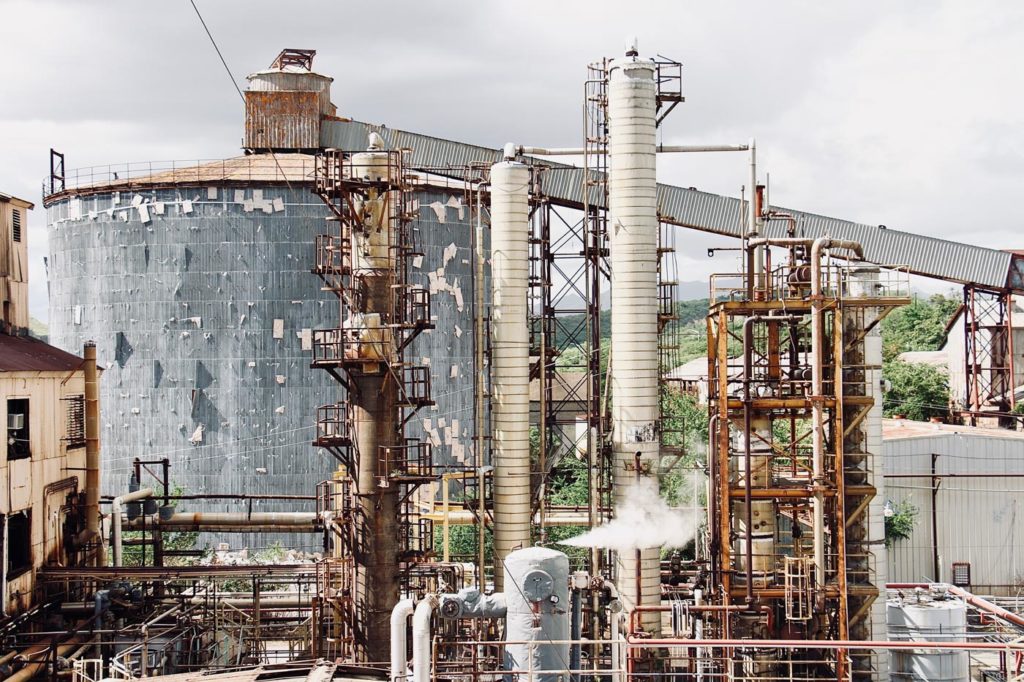
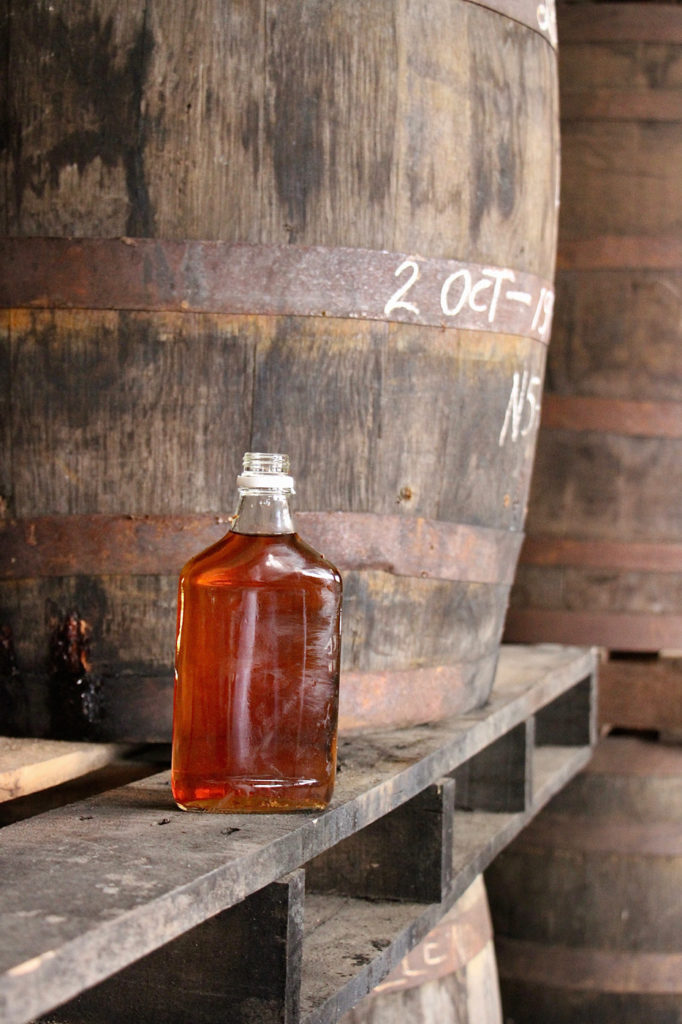
Seeking transparency and sustainability, the Serrallés patriarch sought a better solution. Roberto was able to devise a wastewater reclamation process allowing the treated water to irrigate farmers’ fields, instead of destroy the marine ecosystem. He’s been climbing the family business ladder ever since.
“In the old days, we used everything,” Roberto says, referring not just to the wastewater, but to the leftover yield of molasses as the starting points for the rum, and the processed cane that was burned to power the boilers for distillation—providing so much energy that the town’s residents power grid was completely paid for during certain parts of the year.
Roberto even went so far to try and revive the sugar cane crop entirely, recently planting nearly a thousand acres, only to have them destroyed by Hurricane Maria. It’s a moment that underscores just how fleeting life and business can be for locals on this island.
Nowadays, Roberto and his flagship brand, Don Q, are the only family owned and operated rum distillery on the island—which speaks volumes when you start to make comparisons. The other big three brands—you know them—occupy nearly sixty percent of the world rum market; yet their share is declining to those, like Roberto who are taking a more artisanal approach to the spirit. I can’t help but relate it to the craft beer phenomenon, but the truth is, making a good rum is damn hard work.
“We start with a blend of high test and blackstrap molasses, two by-products of refined sugar,” says Roberto. This pasteurized molasses then sits in a fermenter, combined with yeast and water, and then goes through a five-pot still for the light rum, coming out at 189-proof. The family still uses the same Vendome stills they purchased from the Louisville bourbon market in the early thirties. For dark rum, it’s roughly the same process, yet it only gets distilled in one pot, yielding a 150-proof heavy rum. Combining the two yields a medium rum.
All this talk of distillation, mixing and creation has my mind spinning. I ask Roberto, “What are the rules that define what can and cannot be rum?” He laughs, quoting Rodney Dangerfield, “I get no respect.”
You see, unlike AOC controls for wine, or the rigid requirements of the bourbon market, rum still remains a bit of the Wild West of the spirits market. At its basic level, it must come from sugar cane in order to be called rum, it cannot be distilled above 189-proof, and it must have the characteristics and tastes of rum. The first two rules make adequate sense, but the third seems to be a politician’s dream; there’s lots of wiggle room.
Puerto Rican rum must be aged for at least one year—outside of that, some producers are known to add coloring to mimic aging, or sweetener to cover up shortcuts. Sweat furls on Roberto’s brow as he explains the lack of accountability and transparency in his industry—something he’s striving to change.
Even more frustrating is just how much of this stuff is lost to the angels’ share during the aging process. Roberto estimates eight to ten percent is lost to evaporation each year, as his barrels sit and swelter in the tropics. Compare that to the bourbon barrels of the mild-temps’ heartland, or the perennially cool Scottish highlands, and you’ll see why aged rums don’t get the respect they deserve.
Admittedly, at this point I’ve garnered plenty of respect for just how much work goes into each bottle—and glass for that matter. What I’m sipping tastes remarkably similar to some of my favorite, twice-the-price bourbons—smooth, smokey, slightly astringent goodness. It’s just fine neat, on the rocks, or yes, perhaps in an old fashioned.
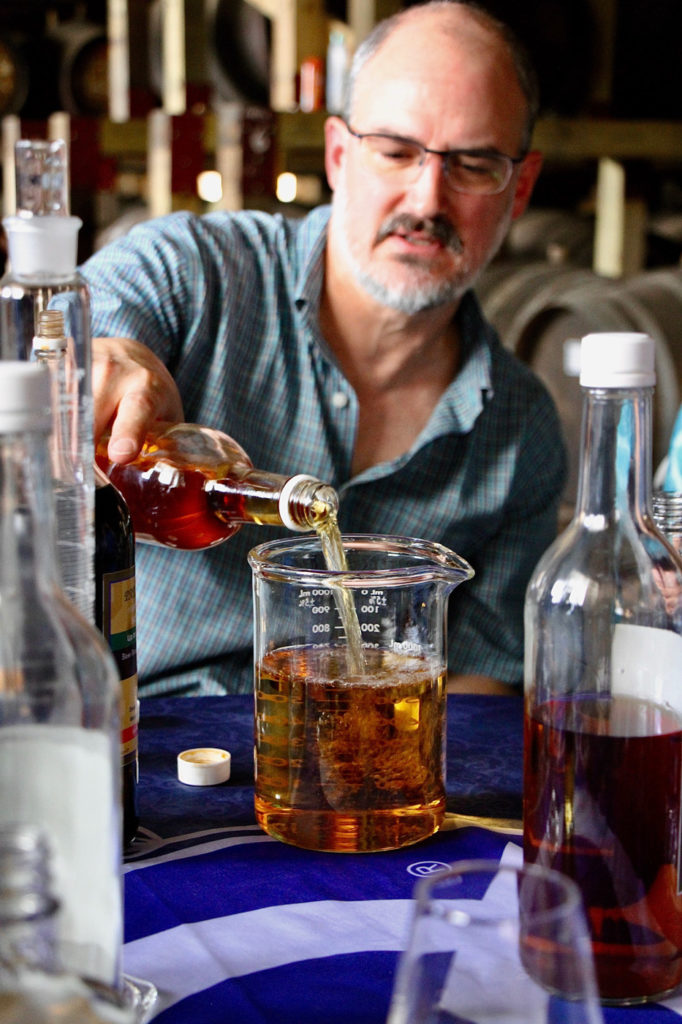
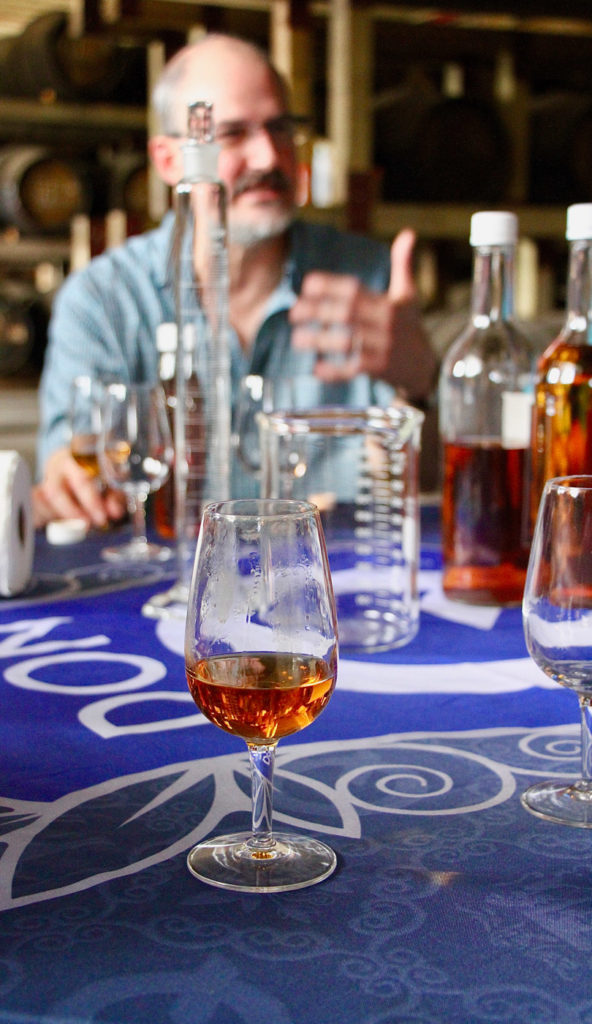
After a few drinks, our conversation turns back to Maria; it’s amazing how some of the most difficult topics become apropos with some liquid courage. Yet it’s hard not to notice how much of the island’s topography has been affected, especially once you depart the re-built areas of San Juan.
One of Roberto’s strongest memories is how quickly our reliance on electronics fails during periods of devastation. Cell phones and ATM networks were completely down, meaning many could not get in touch with loved ones for weeks, much less take care of themselves in a cash economy. Roberto and team were some of the first to keep their employees going by paying them in cash and setting up charitable satellite areas where locals could eat a hot meal, recharge and reconnect—with their electronics and their loved ones. For some, especially those in the mountains, it’s taken over a year to restore power to their homes.
Many Americans never make the trip to meet our southeastern citizen friends. And if you were to rely solely on news reports, you might have made some unfair assumptions about this place. But this island is a place worth visiting, especially beyond the beaches; it’s a place to be cherished. Puerto Ricans are resilient, community driven, and possess a joie de vivre all their own.
And like their rums, they are feisty indeed.







Our comments section is for members only.
Join today to gain exclusive access.